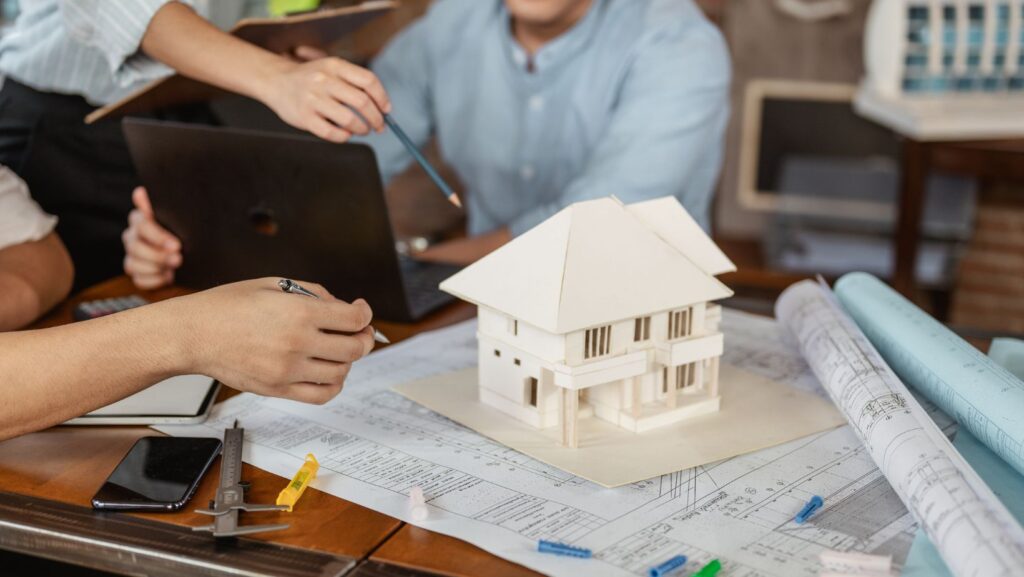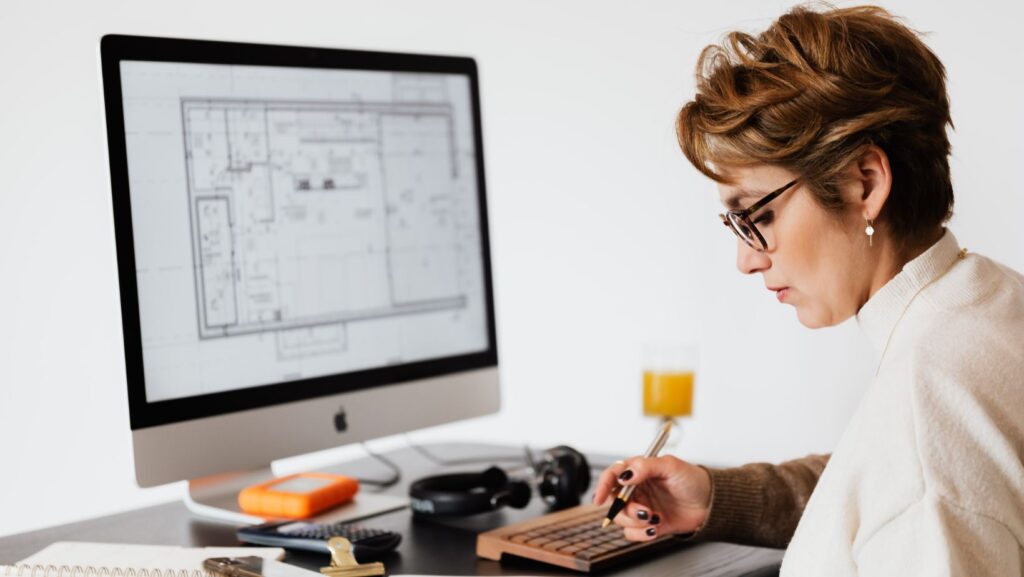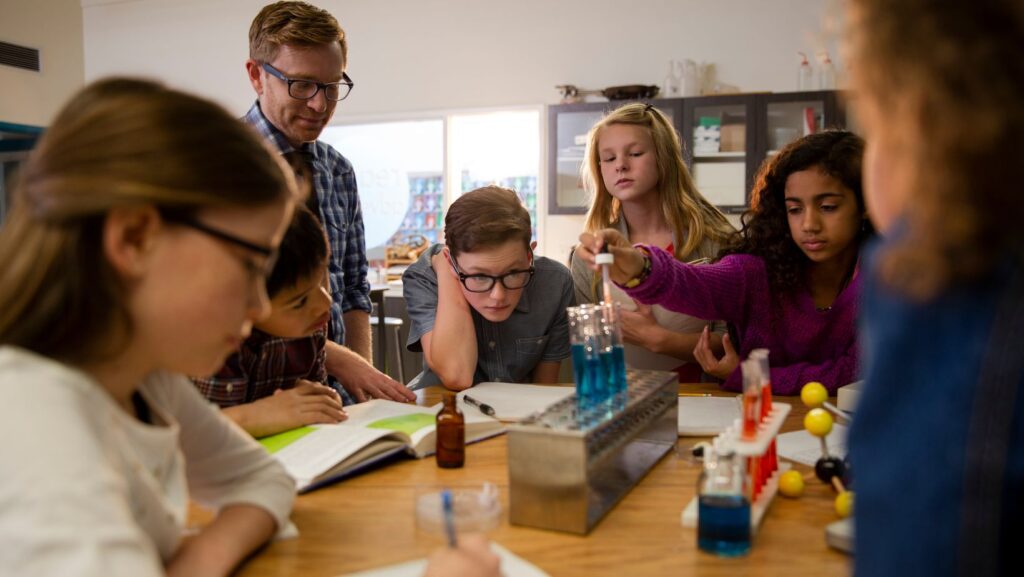Automation moves best when imagination and hard limits meet in the same room. Design thinking gives that meeting a structure. Teams explore the human problem, map constraints, and turn insights into motion that feels natural and reliable. The output is not only a mechanism that works. It is a system that earns trust through smooth behavior, quiet sound, and graceful failure modes.
A practical bridge sits between ideas and physics. Human needs define the goal, while math and materials define what can be built. That bridge often runs through motion components like actuators, which translate intent into controlled movement. When designers treat those parts as creative building blocks instead of afterthoughts, automation becomes both capable and kind.
Start With Humans, Then Write the Specs
Good automation begins with a plain question – what job is this system hired to do? Observe the real task, not the ideal version, on a whiteboard. Note reach, lighting, noise, and timing. Map the moments that trip people up. These friction points set the brief. If a panel often slams at the end of travel, the solution is not more force. It is shaped acceleration and better damping that protect hands and attention.
Translate observations into measurable targets. Required stroke, load, speed, duty cycle, noise thresholds, and safety boundaries define the space where creativity can play. With human needs locked in, engineering work has gained a clear north star.
From Insight to Motion Principles
Patterns from research guide the motion profile. Short, frequent adjustments call for quick starts with fine position feedback. Heavy, infrequent moves need torque, thermal headroom, and robust limit detection. In both cases, the aim is motion that feels calm.
Control choices carry weight. Closed-loop control with encoders supports precision without hunting. Soft start and soft stop protect gears, reduce sound, and make movement read as quality. Power budgets matter, too. Current shaping and sleep modes keep devices cool and efficient, preserving life and comfort over the long haul.
Rapid Prototyping That Respects Constraints
Speed helps only when it respects physics. Prototypes should validate behavior, not just appearance. A short, focused checklist keeps iteration tight and honest:
- Prove the path first – clearances, linkage angles, and cable routing.
- Size the driver and power stage for peak loads, not averages.
- Tune acceleration ramps before chasing top speed.
- Measure sound at human distance with real fixtures and surfaces.
- Test thermal rise over full duty cycles, then add margin for heat soak.
These steps keep teams from polishing the wrong idea. Early facts reduce late surprises.
Materials, Tolerances, and the Sound of Quality
Feel is often a product of details that no one sees. Bearing choice sets friction and lifespan. Lead screw pitch trades speed for holding power. Elastomer durometers shape impact at end stops. Small swaps turn a harsh clunk into a soft settle that signals care.
Tolerances and finishes influence noise more than many expect. A matte surface hides minor wear and glare. Coated fasteners resist corrosion in kitchens and clinics. Seals keep dust out of threads and gears so motion stays smooth after thousands of cycles. When the stack is right, users notice the outcome without noticing the mechanism.
Safety, Ethics, and Graceful Degradation
Automation serves people, so safety is part of design, not a late inspection. Pinch points get guards. Overtravel triggers safe stops rather than damage. Manual overrides handle power loss. Clear status lights and simple sounds communicate the state without confusion.

Ethics show up in small decisions. Calibrations should be simple to repeat after maintenance. Repair should be possible without exotic tools. Logs that help diagnose faults must also respect privacy. When systems fail, they should land in a state that protects hands, data, and nearby equipment.
Collaboration Across the Bench
Design thinking thrives when disciplines mix. Industrial designers define touch points and lines of sight. Mechanical engineers set loads and paths. Electrical teams right size drivers and power. Controls specialists tune loops to match human perception. Sourcing keeps real parts on schedule. The shared language is a storyboard of motion – where it starts, how it feels halfway, and how it ends.
Decision records prevent backtracking. Document why a gear ratio changed, why a housing widened, and why a motor shifted to brushless. Later, when a new constraint arrives, the team understands the trade space and can adjust without breaking core behavior.
Where Creativity Meets Control Loops
The best automated products do not shout for attention. They move with purpose, stop with confidence, and stay quiet while doing both. That outcome is not luck. It is design thinking applied to engineering reality – listening to users, defining constraints, prototyping behavior, and refining the parts of motion that people actually feel.
Creativity sets the vision. Engineering makes it repeatable. Together they turn abstract needs into tangible movement that helps, not hassles. When a system lifts, slides, or rotates in a way that simply feels right, the merger is complete – a human problem solved by clear insight and precise control, ready to work day after day.


